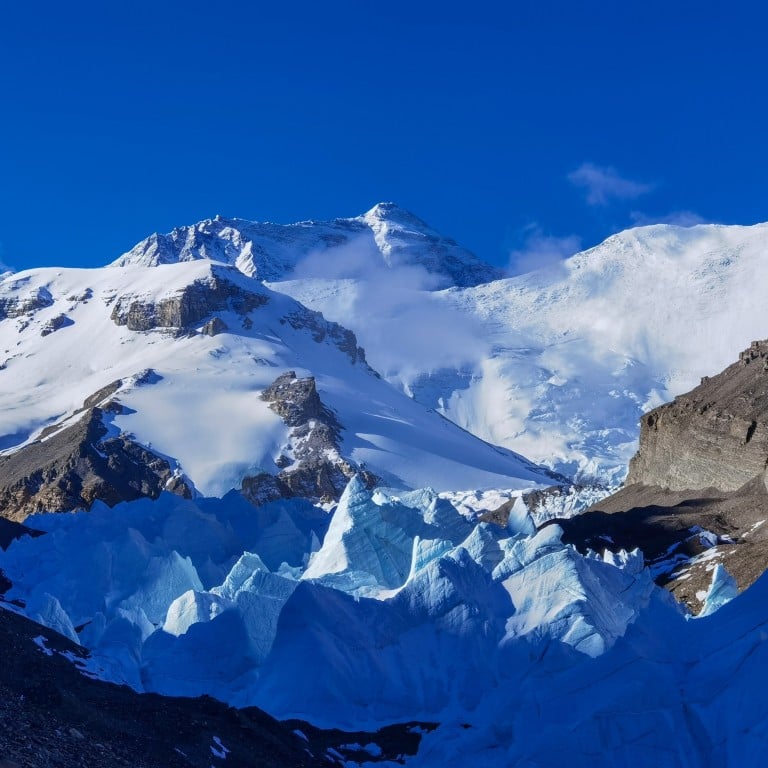
Climate change: melting Tibetan glaciers could unleash potentially dangerous bacteria, scientists say
- Team carried out a genetic analysis of nearly 1,000 species of microbes – many never seen before – found in snow and ice samples
- They say global warming is accelerating glacial melt, and if harmful bacteria are released it could have health risks downstream
More than 80 per cent of the microbes identified had not been seen before, according to the team from China, Australia and Denmark, led by scientists from Lanzhou University and the Chinese Academy of Sciences.
Their genetic analysis found that the microorganisms had more than 27,000 molecules that could help the bacteria to make plants, animals or people ill, and nearly half of those molecules were previously unknown.
“The interaction between glaciers and modern microorganisms could be particularly dangerous, and potential health risks need to be evaluated,” the authors wrote in a paper published in the journal Nature Biotechnology on Monday.
They said if these potentially dangerous bacteria were released from the ice it could affect the world’s two most populous countries, China and India.
It is a region that is sensitive to the warming temperatures brought by climate change. A separate study released by Chinese Academy of Sciences researchers earlier this month found the annual temperature over the Tibetan Plateau increased by 0.44 degrees Celsius per decade from 1979 to 2020 – twice the global average rate.
Glaciers and ice sheets cover about 10 per cent of the Earth’s surface and support a variety of life, including bacteria, algae, fungi and other microorganisms. Glaciers also trap and preserve microorganisms from the past – going back thousands of years.
In order to understand the microbial genomes in the Tibetan Plateau, the researchers collected snow and ice samples from 21 glaciers between 2010 and 2016.
They documented 968 species and some 25 million genes, which the Nature Biotechnology editorial team called “the first detailed genome and gene catalogue for glacier ecosystems”.
Can polar bears survive climate change? Scientists see hopeful signs
“This is a first but important step in preserving the valuable biodiversity of the glacier microbiome, which is particularly vital given the rapid glacier retreat globally,” said Liu Yongqin, lead author of the study and a researcher with Lanzhou University and the Chinese Academy of Sciences.
The authors warned that global warming is accelerating glacial melt and that will increase the interaction between the dangerous novel bacteria living in the ice and plants, animals and humans in the downstream region.
“Further analyses of these factors are needed to evaluate the impact of global warming on water quality,” the researchers said.

